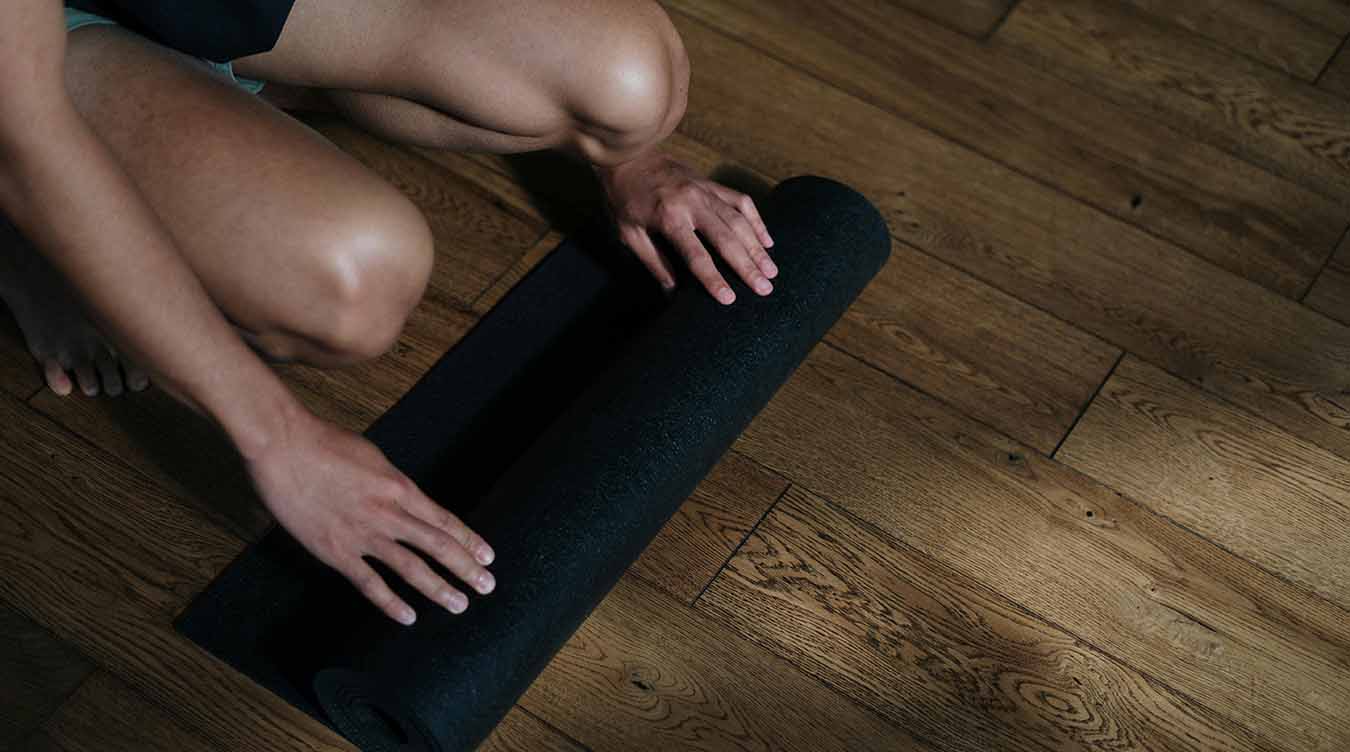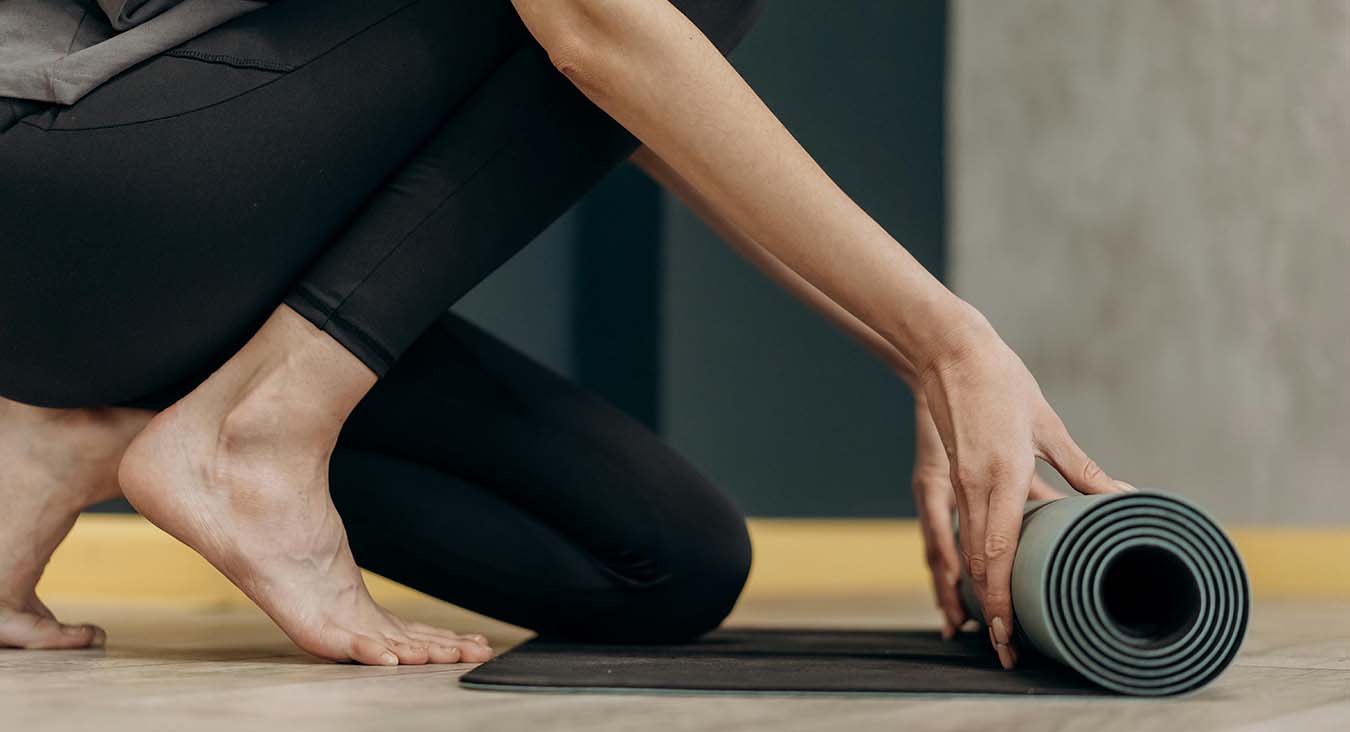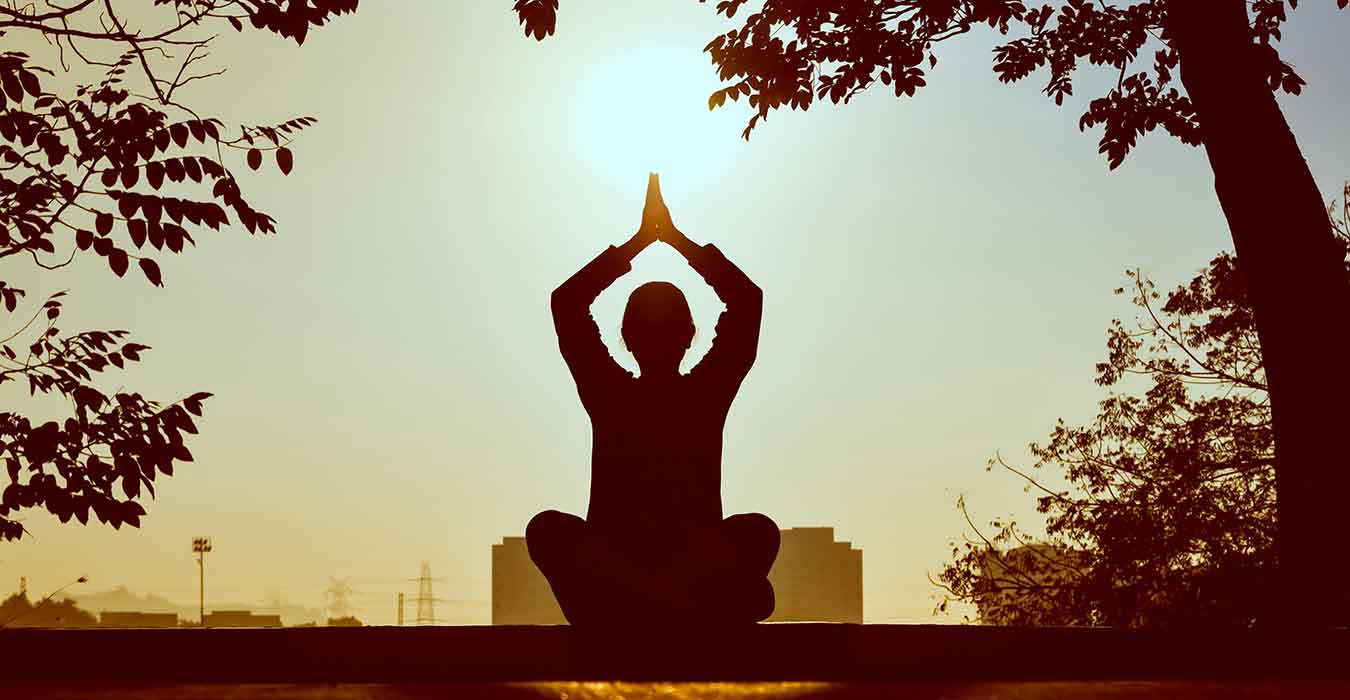Ashtanga Yoga: A Whole Handbook Ashtanga yoga is a strenuous style of hatha yoga that adheres to a predetermined series of poses. It’s a demanding exercise meant to increase endurance, flexibility, and strength. The Sanskrit term for Ashtanga yoga translates to “eight-limbed path.” Ashtanga yoga’s eight limbs are as follows: Yama (limitations) Niyama (conformity) Asanas are bodily positions. Pranayama: the control of breath Pratyahara, or the “senses being withheld,” Dharana means focus. Dhyana, or the practice of meditation Samadhi, or realization Ashtanga yoga sessions usually start with a warm-up and go through the prescribed poses in order. After a cool-down and savasana (corpse posture), the session will conclude. The Mysore practice is the name given to the predetermined set of poses in Ashtanga yoga. Students master the posture sequence at their own pace in the self-paced Mysore practice. Although it can be difficult, ashtanga yoga is also incredibly beneficial. It’s a fantastic method to enhance both your mental and physical well-being. Advantages of Yoga Ashtanga Ashtanga yoga offers a plethora of advantages, such as: Enhanced power increased adaptability Enhanced endurance Decreased tension Enhanced mood Enhanced vitality Increased awareness of oneself How to Get Ready for a Class in Ashtanga Yoga There are a few things you can do in advance of your first session if you are new to ashtanga yoga: Dress comfortably so that you can move around. Bring a bottle of water and a yoga mat. Get to class early so you have time to settle in. Inform the instructor of any illnesses or injuries you may have. What to anticipate from an Ashtanga yoga session Warm-up exercises are usually the first part of an Ashtanga yoga class, and then the Mysore practice. After a cool-down and savasana (corpse posture), the session will conclude. Students master the posture sequence at their own pace in the self-paced Mysore practice. Every pose will be shown by the instructor, who will also offer variations based on students’ skill levels. It will be emphasized to you to pay attention to your body and refrain from overexerting yourself. You don’t need to compare yourself to other practitioners of Ashtanga yoga because it’s a non-competitive practice. Beginner Ashtanga Yoga Pose Here are some fundamental ashtanga yoga positions to get you started if you’re new to the practice: Sun salutation, also known as surya namaskar, is a sequence of poses connected in a flowing fashion. The four-limbed staff pose, or chaturanga dandasana, is a difficult pose that calls for flexibility and strength. Urdhva mukha svanasana, also known as upward-facing dog, is a backbend that opens the shoulders and chest. Adho mukha svanasana, or downward-facing dog, is a forward-bending pose that works the calves and hamstrings. Standing posture known as warrior pose (virabhadrasana I) strengthens the legs and core. In summary You may greatly enhance your physical and mental well-being by practicing Ashtanga yoga. There are plenty of materials available to assist you in getting started if you’re interested in giving ashtanga yoga a try. Most gyms and yoga studios provide ashtanga yoga classes. A plethora of online materials, including articles and videos, are also available to teach you the fundamentals of ashtanga yoga.
Tag: Yoga Chiang Rai
Vinyasa Yoga
Vinyasa Yoga: Everything You Need to Know Vinyasa yoga is a type of hatha yoga that links breath with movement in a flowing sequence. It is a vigorous practice that is designed to build strength, flexibility, and stamina. Vinyasa yoga is a Sanskrit word that means “to place in a special way.” In the context of yoga, vinyasa refers to the linking of breath with movement. Vinyasa yoga classes typically begin with a warm-up, followed by a series of postures that are linked together in a flowing sequence. The class will end with a cool-down and savasana (corpse pose). The breath is used to connect the movements in vinyasa yoga. As you inhale, you will move into the next posture. As you exhale, you will complete the posture. Vinyasa yoga is a challenging practice, but it is also very rewarding. It is a great way to improve your physical and mental health. Benefits of Vinyasa Yoga There are many benefits to practicing vinyasa yoga, including: Increased strength Improved flexibility Increased stamina Reduced stress Improved mood Increased energy Enhanced self-awareness How to Prepare for a Vinyasa Yoga Class If you are new to vinyasa yoga, there are a few things you can do to prepare for your first class: Wear comfortable clothing that you can move in. Bring a yoga mat and water bottle. Arrive early to class so you can get settled in. Let the instructor know if you have any injuries or health conditions. What to Expect During a Vinyasa Yoga Class A typical vinyasa yoga class will begin with a warm-up, followed by a series of postures that are linked together in a flowing sequence. The class will end with a cool-down and savasana (corpse pose). The instructor will demonstrate each posture and provide modifications for different levels of experience. You will be encouraged to listen to your body and not push yourself beyond your limits. Vinyasa yoga is a non-competitive practice, so there is no need to compare yourself to others. Vinyasa Yoga Poses for Beginners If you are new to vinyasa yoga, here are a few basic poses to get you started: Sun salutation (surya namaskar): This is a series of postures that are linked together in a flowing sequence. Chaturanga dandasana (four-limbed staff pose): This is a challenging pose that requires strength and flexibility. Upward-facing dog (urdhva mukha svanasana): This is a back-bending pose that opens the chest and shoulders. Downward-facing dog (adho mukha svanasana): This is a forward-bending pose that stretches the hamstrings and calves. Warrior pose (virabhadrasana I): This is a standing pose that strengthens the legs and core. Conclusion Vinyasa yoga is a great way to improve your physical and mental health. If you are interested in trying vinyasa yoga, there are many resources available to help you get started. You can find vinyasa yoga classes at most gyms and yoga studios. You can also find many online resources, such as videos and articles, that can teach you the basics of vinyasa yoga.
Hatha yoga
Hatha Yoga: A Complete Guide Hatha yoga is a mind and body practice with a 5,000-year history in ancient Indian philosophy. Various styles of hatha yoga combine physical postures, breathing exercises, and meditation or relaxation. This blog post will cover everything you need to know to get started with hatha yoga, including: What is hatha yoga? The benefits of hatha yoga Different types of hatha yoga How to prepare for a hatha yoga class What to expect during a hatha yoga class Hatha yoga poses for beginners What is Hatha Yoga? The word “hatha” comes from the Sanskrit words “ha” meaning “sun” and “tha” meaning “moon.” Hatha yoga is a practice that unites the opposing energies of the sun and moon, or the active and passive energies of the body. Hatha yoga is a general term for any type of yoga that focuses on physical postures. It is a mind and body practice that combines physical postures, breathing exercises, and meditation or relaxation. The goal of hatha yoga is to achieve a state of physical, mental, and spiritual well-being. Hatha yoga can be practiced by people of all ages and fitness levels. The Benefits of Hatha Yoga There are many benefits to practicing hatha yoga, including: Increased flexibility Improved strength Reduced stress Improved sleep Better balance Reduced pain Improved mood Increased energy Enhanced self-awareness Different Types of Hatha Yoga There are many different types of hatha yoga, each with its own unique focus and style. Some of the most popular types of hatha yoga include: Iyengar yoga: This type of hatha yoga focuses on precision and alignment in the postures. Vinyasa yoga: This type of hatha yoga links breath with movement in a flowing sequence. Ashtanga yoga: This type of hatha yoga is a vigorous practice that follows a set sequence of postures. Yin yoga: This type of hatha yoga focuses on holding postures for longer periods of time to target the connective tissues. Restorative yoga: This type of hatha yoga uses props to support the body in passive postures. How to Prepare for a Hatha Yoga Class If you are new to hatha yoga, there are a few things you can do to prepare for your first class: Wear comfortable clothing that you can move in. Bring a yoga mat and water bottle. Arrive early to class so you can get settled in. Let the instructor know if you have any injuries or health conditions. What to Expect During a Hatha Yoga Class A typical hatha yoga class will begin with a warm-up, followed by a series of postures, and then a cool-down. The instructor will demonstrate each posture and provide modifications for different levels of experience. You will be encouraged to listen to your body and not push yourself beyond your limits. Hatha yoga is a non-competitive practice, so there is no need to compare yourself to others. Hatha Yoga Poses for Beginners If you are new to hatha yoga, here are a few basic poses to get you started: Mountain pose (tadasana): Stand with your feet shoulder-width apart and your arms at your sides. Downward-facing dog (adho mukha svanasana): Start on your hands and knees, then tuck your toes under and lift your hips up and back. Child’s pose (balasana): Kneel on the floor and sit back on your heels. Fold your torso forward and rest your forehead on the ground. Warrior pose (virabhadrasana I): Step forward with one leg and bend your front knee until it is at a 90-degree angle. Keep your back leg straight and your arms raised overhead. Corpse pose (savasana): Lie on your back with your legs extended and your arms at your sides. Conclusion Hatha yoga is a great way to improve your physical and mental health. If you are interested in trying hatha yoga, there are many resources available to help you get started. You can find hatha yoga classes at most gyms and yoga studios. You can also find many online resources, such as videos and articles, that can teach you the basics of hatha yoga.



